WMG News
Queen’s wedding cake resurrected with scanning tech
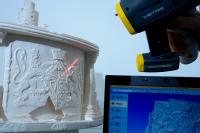 Cutting-edge technology has brought Queen Elizabeth II’s wedding cake back to life – thanks to research by WMG at the University of Warwick.
Cutting-edge technology has brought Queen Elizabeth II’s wedding cake back to life – thanks to research by WMG at the University of Warwick.
Professor Mark Williams at WMG, alongside the British Sugarcraft Guild (BSG), employed 3D scanning technology to recreate a full-sized replica of a wedding cake presented to Queen Elizabeth II and Prince Philip – which was almost totally destroyed by vandals in 2015.
The technology was able to accurately scan the cake to within 0.1mm and reproduce a high-resolution 3D model that was then be used to digitally repair the cake.
WMG Professor recognised by the Institution of Engineering and Technology
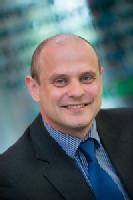 Professor Mark Williams has been awarded an IET Achievement Medal for his outstanding work in Forensic Engineering.
Professor Mark Williams has been awarded an IET Achievement Medal for his outstanding work in Forensic Engineering.
The IET Achievement Medals are awarded to individuals, such as Professor Williams, who have made major and distinguished contributions in the various sectors of science, engineering and technology.
Dr Ian Nussey OBE, from the IET Awards and Prizes Committee explains: “Professor Mark Williams criminal forensics engineering is helping to shape the criminal justice system. It has established the truth where prosecution has not been pursued, provided pivotal evidence at a number of high profile murder trials and helped victims' families and vulnerable people.
Sophisticated engineering scanning tech helps archaeologists identify rare ‘ghost coin’
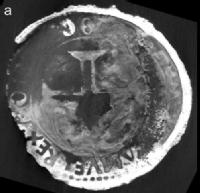 Sophisticated CT scanning technology normally used by researchers from WMG at the University of Warwick to assist high tech manufacturing, has helped uncover the existence of a rare silver coin called an ‘Indio’ discovered by archaeologists investigating a shipwreck off the coast of Oman.
Sophisticated CT scanning technology normally used by researchers from WMG at the University of Warwick to assist high tech manufacturing, has helped uncover the existence of a rare silver coin called an ‘Indio’ discovered by archaeologists investigating a shipwreck off the coast of Oman.
Over 2,800 artefacts were found in the wreck, including a bronze bell with an inscription dating back to 1498, gold coins from the era and an important bronze disc embossed with the "esfera armilar" — a personal emblem of Dom Manuel I, the then-king of Portugal.
Warwick Researchers Help Reconstructing the Michelangelo Bronzes
En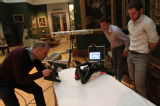 gineers and imagers from the University of Warwick’s WMG and anatomists from Warwick Medical School at the University of Warwick are helping art historians from the University of Cambridge have been working together to try to understand how the two mysterious Renaissance bronzes were made and why they look the way they do by making accurate replicas of the originals. The latest technology-neutron imaging, XRF analysis, 360 degree laser scanning, 3D printing, and real-time x-ray videography - has been involved in this Renaissance ‘whodunnit’.
gineers and imagers from the University of Warwick’s WMG and anatomists from Warwick Medical School at the University of Warwick are helping art historians from the University of Cambridge have been working together to try to understand how the two mysterious Renaissance bronzes were made and why they look the way they do by making accurate replicas of the originals. The latest technology-neutron imaging, XRF analysis, 360 degree laser scanning, 3D printing, and real-time x-ray videography - has been involved in this Renaissance ‘whodunnit’.
Warwick experts help West Midlands Police convict killers
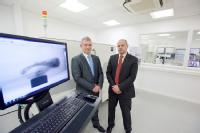 Unique collaboration sees cutting edge research used to prove murder cases
Unique collaboration sees cutting edge research used to prove murder cases
Futuristic 3D scanning technology at WMG, University of Warwick is helping West Midlands Police to convict killers thanks to a pioneering new partnership which is providing juries with microscopic evidence previously beyond the reach of forensic testing.
Last month, Lorenzo Simon was sentenced to life in prison for the barbaric murder of a housemate whose body he dissected and stuffed inside suitcases he later hurled into Birmingham Canal, with help from his girlfriend Michelle Bird.
Crucially detectives recovered part of the victim’s humerus from an oil drum in the couple’s garden – used as a furnace to destroy evidence – which experts from WMG, at the University of Warwick, proved was a seamless fit with a limb found in the case.
